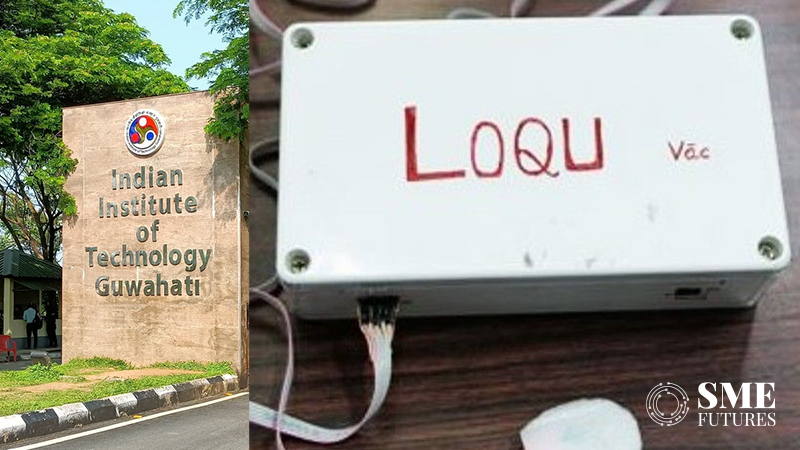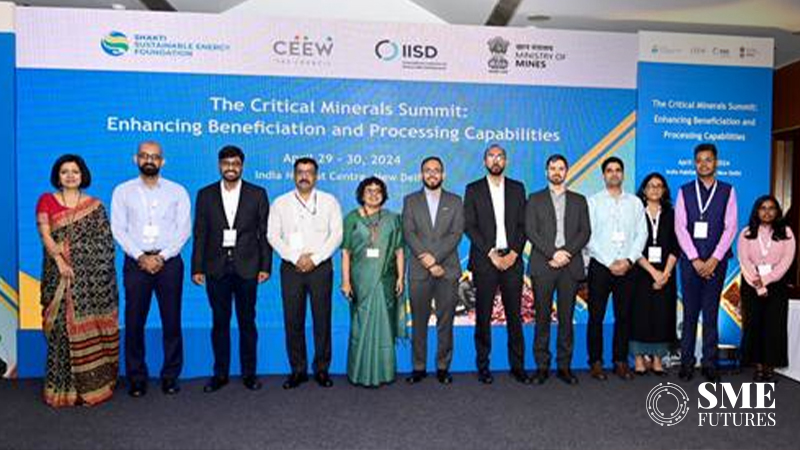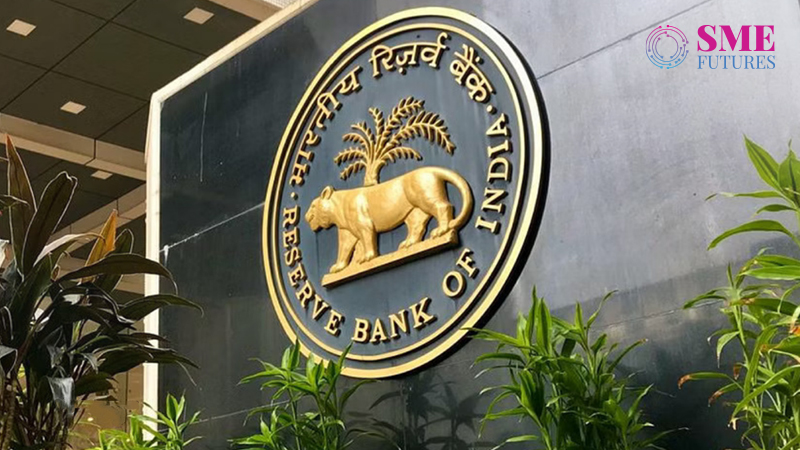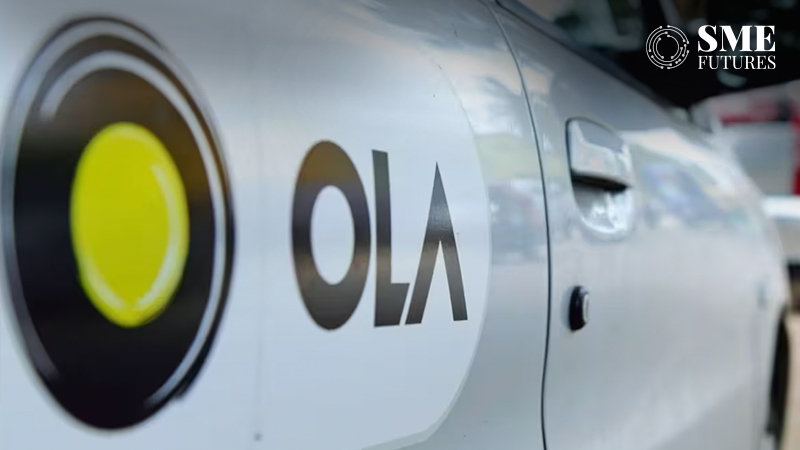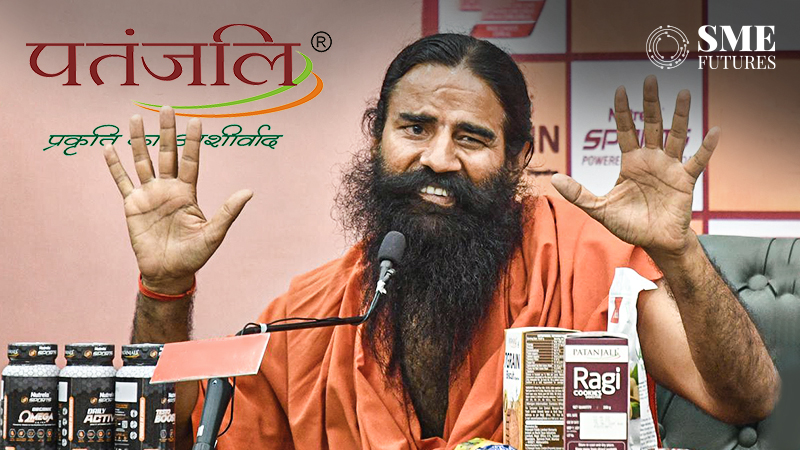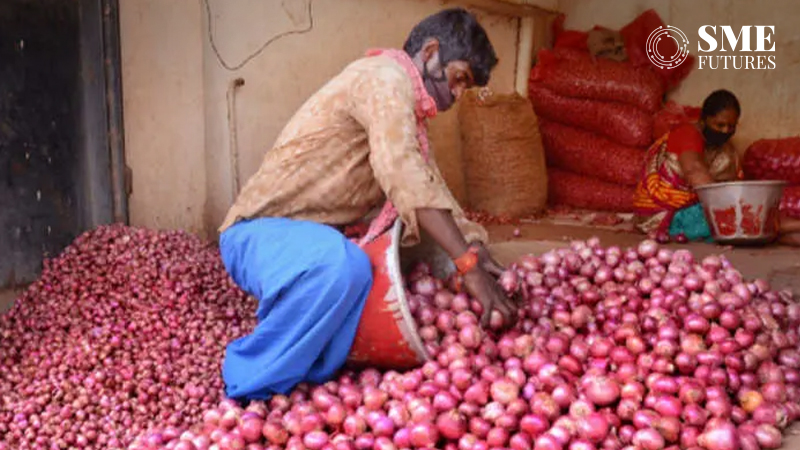Gold loans can help enhance financial inclusion of SMEs: Sumit Sharma, Radian Finserv
In India, gold is seen as a symbol of social standing and financial security. Consequently, gold loans are considered as secured lending. In this interview, Sumit Sharma elaborates on the Indian gold loan market.
Anushruti Singh June 5, 2023

MORE IN Interviews
Navigating the path to e-commerce success: Insights from trade policy expert
RegTech solutions can be a game changer in fintech regulatory scrutiny
From slum to CEO and now ‘Seema Aunty’ of Indian start-ups: Rahul Narvekar, The India Network
Here are a few of the reasons behind why gold is seen as a risk hedger: It is a valuable and tangible investment asset. It is used in financial portfolios to diversify them. During times of market instability or uncertainty, it serves as a safe haven asset. Because it cannot be easily created or replicated, its scarcity gives it inherent worth. Over time, gold’s value and purchasing power have remained stable.
As a result, gold loans have become a common type of secured financing in India.
With the consistent demand for gold, these loans have done well over time. According to RBI figures, India holds more than 27,000 tonnes of gold, accounting for 14 per cent of the world’s gold. Around 5,300 tonnes have been pledged.
Gold loans have more than doubled from Rs 46,791 crores in September 2020 to Rs 80,617 crores in September 2022. This implies that the market in India has begun to expand.
As per a recent analysis by Quadintel, the gold loan market in India was valued at Rs 2,921.42 bn in 2019 and is expected to reach Rs 6,275.40 bn by 2025, expanding at a CAGR of 12.75 per cent.
In a one-on-one discussion with SME Futures, Sumit Sharma, Founder at Radian Finserv, talks about how gold loans can be of great help to the MSMEs of India.
Edited excerpts:
How is the gold loan market in India performing and what’s its current state?
Gold loans are a great means to tide over short to long-term financial requirements. They serve a large variety of needs for customers, ranging from unexpected and emergency fund requirements to structured and systematic requirements for working capital and planned expenses.
The gold loans market is large and growing and has the potential to grow further considerably. The key reasons for that are—
- A large amount of gold remains stored in Indian households and is not monetised or made productive. Increasing awareness and opportunity would help unlock the potential of the large amount of gold stored in Indian households in an unproductive manner.
- The pandemic brought about an increased demand for gold loans, which has not diminished since.
- There is greater acceptance and willingness to pledge gold ornaments amongst people nowadays, in a manner similar to housing loans, and the perceived stigma associated with gold loans is diminishing.
Is it true that banks are gaining an edge in gold loans in comparison to traditional gold loan firms or NBFCs? If so, please elaborate on the reasons.
As you rightly mentioned, many banks are getting interested in the gold loans market, as they provide a good option for collateralised lending to banks.
Banks have an advantage over NBFCs due to their low cost of funds and large balance sheets. That being said, banks have not yet reached a stage where they can challenge the efficiencies that NBFCs have developed, and with the advent of fintech, customers are getting greater options and convenience which the banks still need to work on to develop. Also, as a gold loan is typically a secondary product for banks, specialized NBFCs and fintech will continue to have an edge.
NBFCs continue to innovate (e.g., doorstep offering of gold loans, systematic buying of gold), which will make the process easier and more seamless for customers.
RBI data shows that there has been a surge in gold loan disbursements. Banks are entering the arena and newer NBFC players are also foraying into it. Clearly, there’s some stiff competition going on here.
Your thoughts on how this will pan out and what are the opportunities in the market?
There is indeed a greater interest in gold loans from banks, especially after the increase in demand during and after the pandemic, and specialized NBFCs and fintechs have entered the marketplace as well. Equally, the overall market continues to grow. Also, given the fact that there are only a few players of size in it, a lot of the gold loans market is unorganised and localised, which will give a lot of opportunities to banks and NBFCs to grow. General wisdom suggests that there is room for at least a few more large players to work successfully in this market.
Given India’s unique position based on its affinity for gold and its sheer market size, as well as the growing market, competition is good for customers, with greater value and better services being made available to them.
The organised vs the unorganised lending market. What are the challenges?
The RBI has regulated the lending landscape and has ensured that fair treatment and service is provided to customers. The organised market for gold loans provides greater transparency and security to customers. Equally, given their strong affinity for gold and their comfort with their local moneylenders/ pawn shops, many customers feel more comfortable with the local moneylenders who they have known for a long time, in spite of the high interest rates and charges that they levy on them. The organised market needs to continue to build comfort and trust amongst customers, in addition to providing better service, value addition, transparency and a seamless borrowing and repayment experience.
What are the various industry trends especially post the pandemic?
The demand for gold loans increased significantly during the pandemic, as earnings, and therefore the borrowing capacity based on those earnings were impacted significantly. Borrowers also appreciate the better experience that they have while taking gold loans, compared to when they opt for other types of lending (low outgoings during the tenure of the loan, fast processing, less cumbersome process, lower requirements of credit scores etc.).
Southern India has a cluster of gold loan disbursement hubs, what are the reasons behind that? Do you feel that it has reached a saturation point? Which region will be the next big market for gold loan players?
Apart from the large reserves of gold that are present in Southern India, there also appears to be a greater acceptance and willingness in the Southern Indian states to use/ monetise gold ornaments for financial needs, much like how many customers feel comfortable taking a loan against their houses.
As this acceptance grows and the benefits of gold loans get better understood, other parts of India too will likely see an increase in demand. The Western and Central Indian states are likely to see an increased demand for gold loans, ahead of other states.
What are the smart benefits of gold loans, including supporting rural enterprises?
Gold loans can help enhance financial inclusion, something that Radian is keen on working towards as well.
Gold loans typically have a lower cash outflow for customers during the tenure of the loan. Additionally, with a lower requirement for credit scores, and faster processing, gold loans offer a better experience and faster disbursals. The advent of specialised NBFCs and fintechs has expanded the reach of gold loans.
Rural customers, who are typically not covered by banks and NBFCs, are increasingly getting the benefits of structured and organised offerings as NBFCs enhance their reach and provide offerings designed for small ticket loans and cater to seasonal demands in rural India.
Many specialised NBFCs are planning to expand in the semi-urban and rural areas to provide greater coverage to the hitherto underserved customers of these places. Greater innovation and reach will help to enhance financial inclusion by disbursing more gold loans.
Brief us about Radian’s gold loan offerings. How many loans you have disbursed until now and what are your targets for this year?
We offer a variety of product options that cater to different needs and preferences. Our product range includes combo deals and short-term products without any EMI or interest charges.
Additionally, we provide up-front discounts on selected products and offer combos which combine consumer durables with gold items.
Moreover, we have special loans available for education and agricultural equipment purchases, ensuring better benefits for our customers.
Talking about our roadmap, our daily transaction value amounts to approximately Rs 80 lakhs. Over the past three months, we have achieved disbursements of Rs 75 crores, and we aim to exceed Rs 1 crore in daily disbursements by the end of May.
Our goal is to reach an Assets Under Management (AUM) of Rs 100 crores in the coming three months, by the end of August 2023 and further increase it to Rs 250 crores by the end of this financial year. Additionally, we are anticipating monthly sales of around Rs 70 crores.

